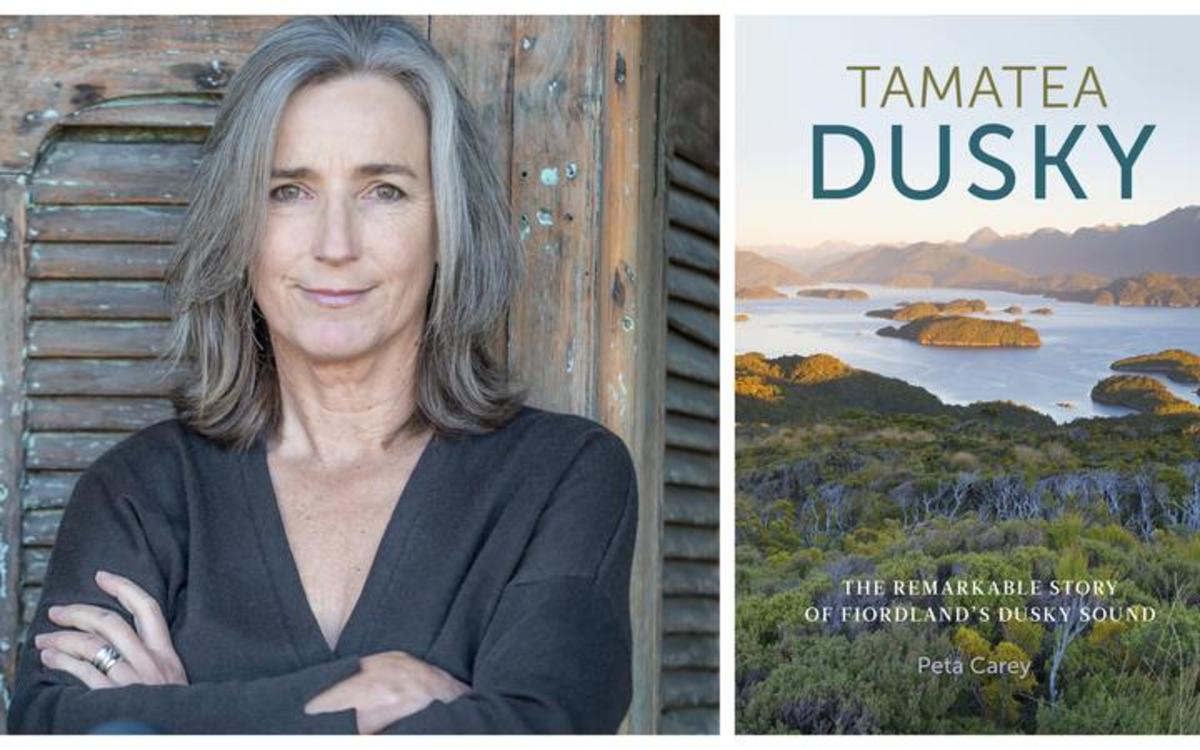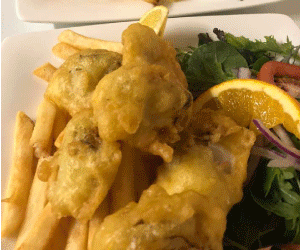Tamatea/Dusky Sound: the birthplace of New Zealand conservation
Reporting by RNZ
21 October 2020, 5:13 AM
 Author Peta Carey and the cover of her book Tamatea Dusky Sound, which will be officially launched in Te Anau on Friday.
Author Peta Carey and the cover of her book Tamatea Dusky Sound, which will be officially launched in Te Anau on Friday.It's remote and rugged, an archipelago of over 700 islands - and the birthplace of New Zealand's conservation efforts.
Tamatea or Dusky Sound's beauty and history have been captured in a new book by Peta Carey, which also documents the lengths to which people have gone to protect the wildlife living there
Resolution Island, the biggest in the area and named for the ship sailed by Captain James Cook as he charted Dusky Bay and its surrounds in 1773, became New Zealand's first sanctuary just over a century later.
Advertisement
Advertise on the Southland App
Ground-breaking work on predator control continues in the area today, as Carey found out during her research for Tamatea Dusky: Conservation and history in Fiordland's Dusky Sound.
“It’s a great privilege to write about this place because it is utterly beautiful, but I also think it is one of the most fascinating places in New Zealand,” Carey tells Kathryn Ryan.
Māori first encountered Europeans there at Mamaku/Indian Island, she says.
“I actually get quite emotional when I talk about Indian Island, because it is one of the most beautiful, and I did have some very poignant moments there.
“There’s the rock that’s often painted where William Hodges (English painter. He was a member of James Cook's second voyage to the Pacific Ocean) painted that first contact with Māori on Indian island as it was called.
“It’s a beautiful island, it’s actually got a bit of a spiritual aura to it, you feel it all there when you are there.”
Advertisement
Advertise on the Southland App
Capturing the “theatre of light” that plays on the Sounds was helped by the many rangers who donated their photography as well as archival material.
The Sounds have been at the forefront of conservation efforts in New Zealand and the world, Carey says.
The Battle for Brakesea in the 1980s being a good example.
“This was the first island of any significant size to be cleared of rats anywhere in the world and that happened in 1988.”
Ten years later Chalky island was cleared of stoats.
But conservation efforts go back to when the Sounds was declared a reserve. Richard Henry was its first curator in 1894.
Advertisement
Advertise on the Southland App
“He was the first ranger in the world and did the first translocations in the world.
“He was really a New Zealand hero in what he achieved or tried to achieve in moving kakapo and kiwi to Resolution Island and various other islands that he thought then would be stoat free, but unfortunately the swimming ability of the stoat proved him wrong.”
Despite the relentless battle against introduced predators, Dusky Sounds remains a remarkable eco-system, she says.
“Within Dusky Sounds we’ve got this extraordinary Noah’s Ark, this bio-bank of species that you would struggle to see anywhere else in the country.
“When you step on to these islands that are predator free and pest free, it’s like a never-never land, it’s how New Zealand was.”
Republished by arrangement
ACCOMMODATION
OLD NOTICES | JOBS





